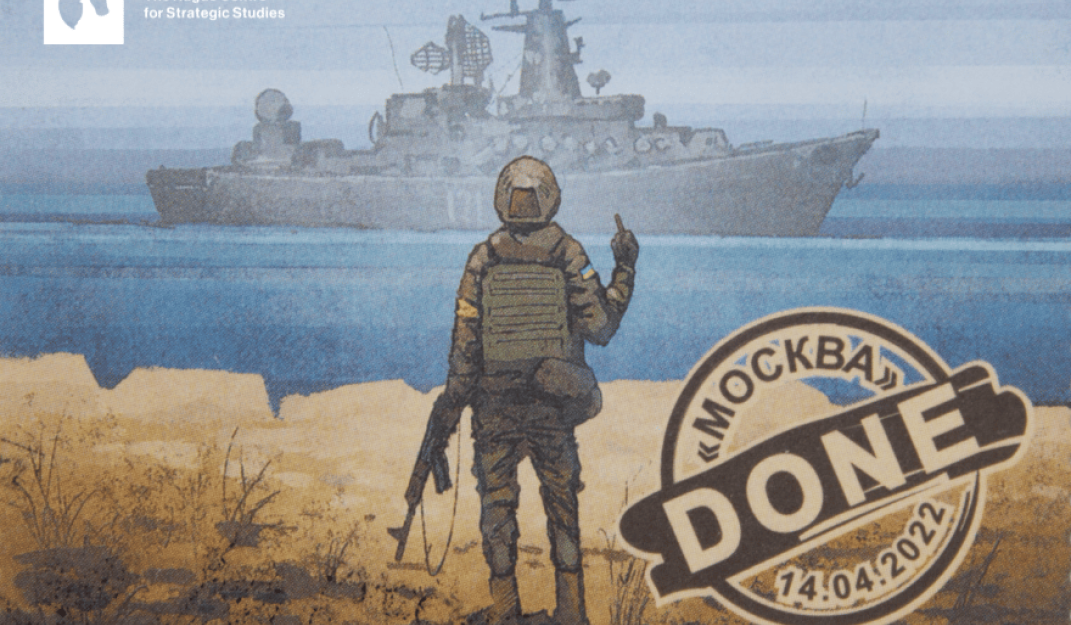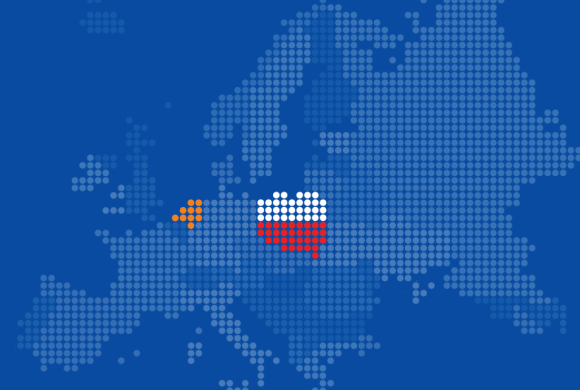The parallel front

An analysis of the military use of information in the first seven months of the war in Ukraine
Snake Island, the Ghost of Kyiv, the Sinking of the Moskva. These are but some of the episodes from the war in Ukraine which captured the attention of global audiences. In part, we were impressed by the resilience and bravery of Ukrainians, who from the start of the war stood as David in defiance against an intruding Goliath. But we were also captivated by the narratives that persistently appeared, and how they impacted the behaviour of both the Ukrainian and Russian sides.
The first seven months of fighting have reaffirmed that warfare does not only take place in the physical realm. Rather, in modern high-intensity warfare, an ongoing informational battle interacts with and impacts the behaviour of people on the ground.
Outside of command and control, information can influence the morale of troops as well as their movement, and spotlight key battle locations. And, although the deliberateness and meaning behind certain information manoeuvres, like narratives, can prove difficult to identify, the war in Ukraine has created a unique opportunity to study the interaction between the informational and physical domains in real time.
This paper by Sofia Romansky, Lotje Boswinkel and Michel Rademaker will look at seven case studies to map the ways in which Ukrainian and Russian narratives developed and interacted. In doing so, we attempt to disentangle the various information influencing tactics employed in the war thus far, as well as draw out key conclusions that must be learnt.
Read the full report here.

The Hague Centre for Strategic Studies
HCSS conducts research and provides advice on geopolitical and defence & security issues to governments, international institutions and businesses. Our research is characterized by a datadriven, multidisciplinary approach, specialist knowledge and a strategic orientation. We combine broad, conceptual knowledge with qualitative and quantitative methods and present our findings in the form of recommendations, strategic explorations and scenario analyses




